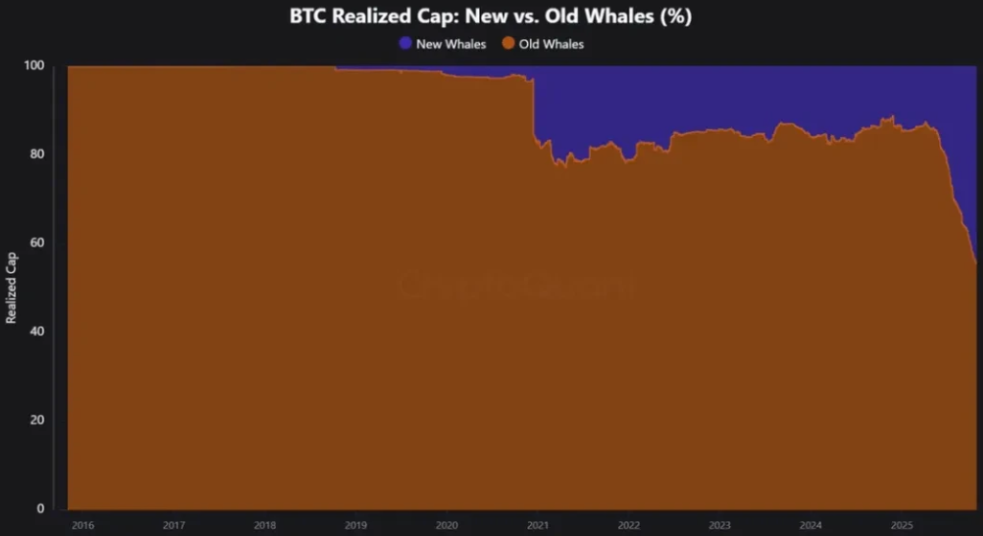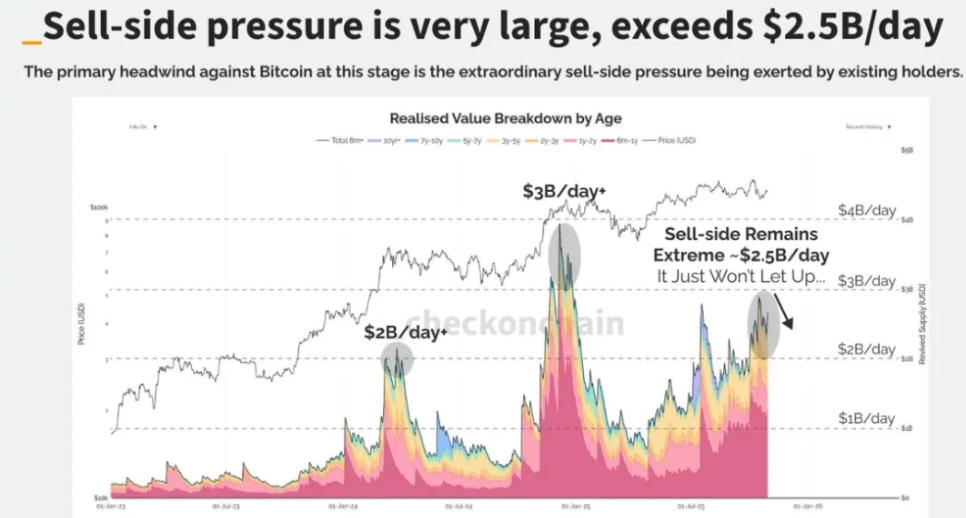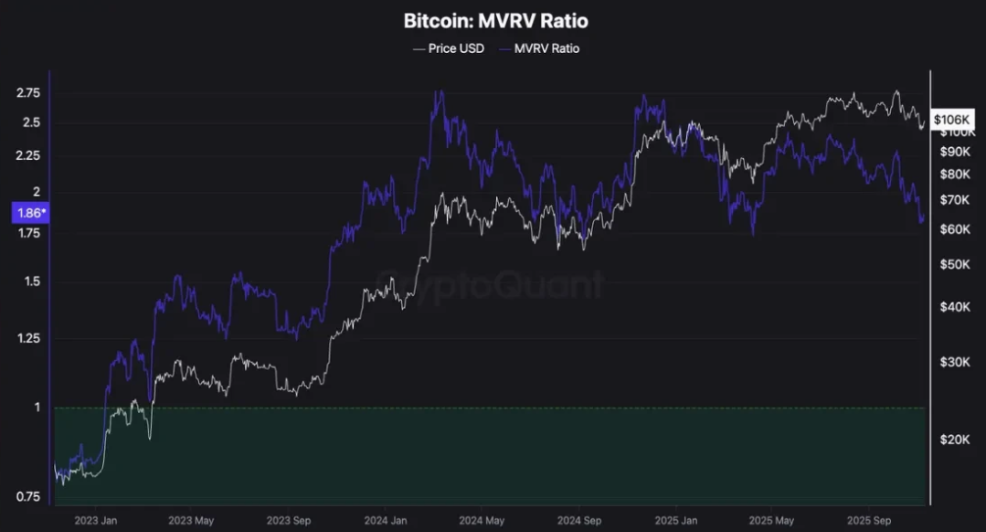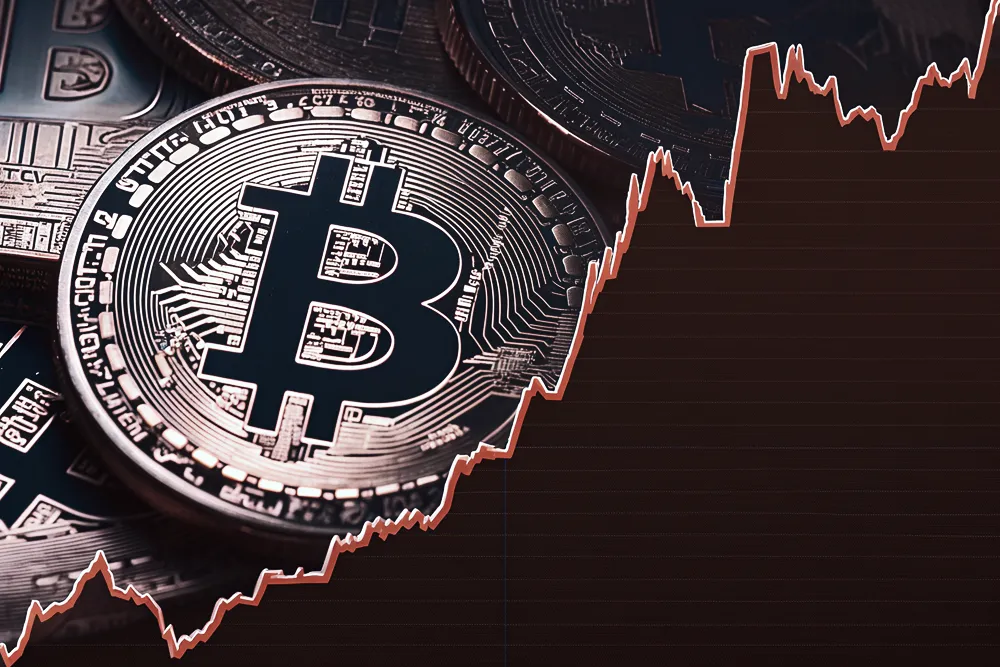As early whales quietly reduce their holdings and institutional funds flow in silently, a wealth transfer reshaping the market landscape is underway. On-chain data analysis shows that long-term Bitcoin holders have sold 405,000 BTC in the past 30 days, accounting for 1.9% of the total BTC supply.
At the same time, Bitcoin spot ETFs continue to attract funds, with U.S. ETFs holding over 850,000 BTC, representing 4.3% of the circulating supply. This silent transfer of chips is reshaping the future landscape of the cryptocurrency market.
1. OG Whales Retreat: Rational Exit of Early Holders
● The Bitcoin market is undergoing a historic wealth transfer. On-chain data confirms that early whales have begun to systematically reduce their positions. Take Owen Gunden as an example; one of the early BTC whales, his associated wallet holds over 11,000 BTC, placing him among the largest individual holders on-chain.

● Recently, his wallet has started transferring large amounts of BTC to Kraken, moving thousands of BTC in batches. On-chain analysts believe he may be preparing to sell most of his BTC, valued at over $1 billion.

● This retreat is not a panic sell-off but a natural manifestation of market maturity. Gunden, who has not tweeted since 2018, aligns with the "great handover" theory—early investors moving into ETFs for tax benefits or selling for portfolio diversification.
● Long-term holders have sold 405,000 BTC in the past 30 days, a figure significant enough to attract market attention. However, this selling is systematic and slow, rather than panic-driven.
2. New and Old Alternating: Silent Transformation of Market Structure
● As early whales reduce their holdings, new forces are quietly entering the market. The average cost price of Bitcoin continues to rise, indicating that new holders are entering the market at a higher cost basis.
● The rise in MVRV (current price ÷ holder's cost price) indicates that ownership is becoming more dispersed and mature. Bitcoin is transitioning from a few ultra-low-cost holders to a more diversified group of holders with higher cost bases.
● This shift fundamentally changes the dynamics of the market. New investors differ from early idealists; they are more often institutional investors and compliant products entering the market through channels like ETFs.

● Currently, about 17.8% of BTC is held by spot ETFs and large treasuries, a number that is growing daily. MicroStrategy, led by Michael Saylor, has been continuously buying BTC for years, contributing to this shift.
This decentralization of ownership is, in fact, a bullish signal, despite causing price stagnation and liquidity issues in the short term.
3. Ethereum Following Suit: Different Paths, Similar Outcomes
Ethereum is also undergoing a similar transformation, albeit through a different path. Data shows that about 11% of all ETH is held by DAT and ETFs, quickly catching up to BTC's 17.8%.
● The turnover pattern of Ethereum differs significantly from Bitcoin: ETH is shifting from retail investors to whales, while BTC is transitioning from old whales to new whales.

● The actual price of large accounts (over 100,000 ETH) is rising rapidly, indicating that new buyers are entering at higher prices while smaller holders are selling off.
● The cost basis of wallets of various sizes has now converged at the same level. This phenomenon suggests that old tokens have largely flowed into the hands of new holders, and this cost basis reset typically occurs before a significant price increase at the end of an accumulation phase.

● Structurally, this indicates that ETH supply is consolidating among more robust holders, laying the groundwork for future price increases.
4. Solana's Start: Institutionalization Process Just Beginning
Although Solana's institutionalization process started later, it has quietly begun. It is quite challenging to determine which stage SOL is in within the turnover theory, and identifying institutional wallets or major holders is also quite difficult.
● Last month, a SOL spot ETF quietly appeared in the market; although there was no large-scale hype, there has been positive inflow daily. Some DAT companies have also begun purchasing SOL in considerable amounts.

● Currently, 2.9% of all circulating SOL is held by DAT companies, valued at $2.5 billion. On-chain data for SOL is still concentrated among early insiders and venture capital wallets, with these tokens slowly flowing into new institutional buyers through ETFs and treasuries.
The great handover has reached SOL, albeit occurring a cycle later. If the turnover for BTC and, to some extent, ETH is nearing its end, then the situation for SOL is not hard to predict.
5. Market Rotation: Investment Logic of a New Cycle
● The rotation pattern of the cryptocurrency market is being redefined. In past cycles, the strategy was simple: first BTC skyrocketed, then ETH, and the wealth effect gradually spread to altcoins.
This time, the situation is entirely different. BTC stagnates at some point in the cycle; even if the price rises, old players either shift to ETFs or cash out, ultimately improving their lives outside of crypto.
● There is no traditional wealth effect, no spillover effect. The market presents a more complex dynamic, with altcoins no longer competing for monetary status with BTC but instead competing in terms of utility, yield, and speculation.
● Categories worth paying attention to include: blockchains that are genuinely in use (Ethereum, Solana, etc.), products with cash flow or actual value appreciation, assets with unique demand that BTC cannot replace (like ZEC), infrastructure that can attract fees and attention, stablecoins, and RWA.
6. Milestone Significance of Uniswap Fee Switch
● The activation of the fee switch in Uniswap has become a milestone event in the DeFi space. This change marks the transformation of DeFi protocols from purely utility tools to on-chain enterprises with sustainable business models.
Specifically, for v2 pools, liquidity provider fees will decrease from 0.3% to 0.25%, with the difference becoming protocol fees; for v3 pools, the protocol will charge 1/4 of the LP fees for smaller pools and 1/6 for larger pools.
● This shift creates what is known as a "self-sustaining DeFi ecosystem." Analysts estimate that after the activation of the protocol fee switch, Uniswap could generate annual revenue of $10.3 million to $40 million for UNI holders.
● The market has reacted extremely positively—UNI's price has risen by 15% since the proposal was announced, and other data shows that UNI's price has soared by 48% since the proposal announcement. The fee switch has also had an unexpected positive effect: it has caused fraudulent liquidity pools to "disappear" overnight, as these pools relied on a zero protocol fee.
7. Hidden Reefs on the Path Forward
● Liquidity risk is one of the main challenges facing the fee switch. Analysts are concerned that the fee switch may disrupt the stability of liquidity pools, especially creating short-term liquidity risks in smaller pools.
Startups relying on stable liquidity to provide crypto payment or trading solutions may face challenges such as: increased slippage for small trades, reduced execution reliability during volatile periods, and the need to reroute trades to larger pools or other venues.
● Regulatory uncertainty still looms over the DeFi space. Regulators are increasing their scrutiny of decentralized exchanges like Uniswap, and emerging crypto companies may face compliance and legal risks.
● The issue of governance centralization is also reflected in Uniswap's proposal. Research shows that Uniswap's on-chain governance remains highly centralized, with a Gini coefficient of 0.938—indicating extremely unequal distribution of voting power.
The transformation of market structure has quietly begun. As early whales rationally exit and institutional funds continue to flow in, the cryptocurrency market is undergoing a thorough reshuffling.
Investors who recognize this trend have begun to adjust their strategies—not simply chasing short-term hotspots but focusing on projects with actual cash flow, sustainable business models, and true utility. In this silent wealth transfer, who will become the next round of winners? The answer may lie in the subtle clues within on-chain data.
Join our community to discuss and grow stronger together!
Official Telegram community: https://t.me/aicoincn
AiCoin Chinese Twitter: https://x.com/AiCoinzh
OKX benefits group: https://aicoin.com/link/chat?cid=l61eM4owQ
Binance benefits group: https://aicoin.com/link/chat?cid=ynr7d1P6Z
免责声明:本文章仅代表作者个人观点,不代表本平台的立场和观点。本文章仅供信息分享,不构成对任何人的任何投资建议。用户与作者之间的任何争议,与本平台无关。如网页中刊载的文章或图片涉及侵权,请提供相关的权利证明和身份证明发送邮件到support@aicoin.com,本平台相关工作人员将会进行核查。




